What is plastic?
The term plastic covers a wide range of materials that can be derived from either petroleum sources or plants. The consumption and production of plastics have recently surged, with more than half of all plastics being manufactured after 2005.
460
million metric tones*
For several years now, this material has been used in modern applications such as electronics, medical devices, textile fibres and 3D printing.
* Source: OECD 2022
Distribution of the global plastics use by application*
* Source: Plastics – The facts 2022, PlasticsEurope
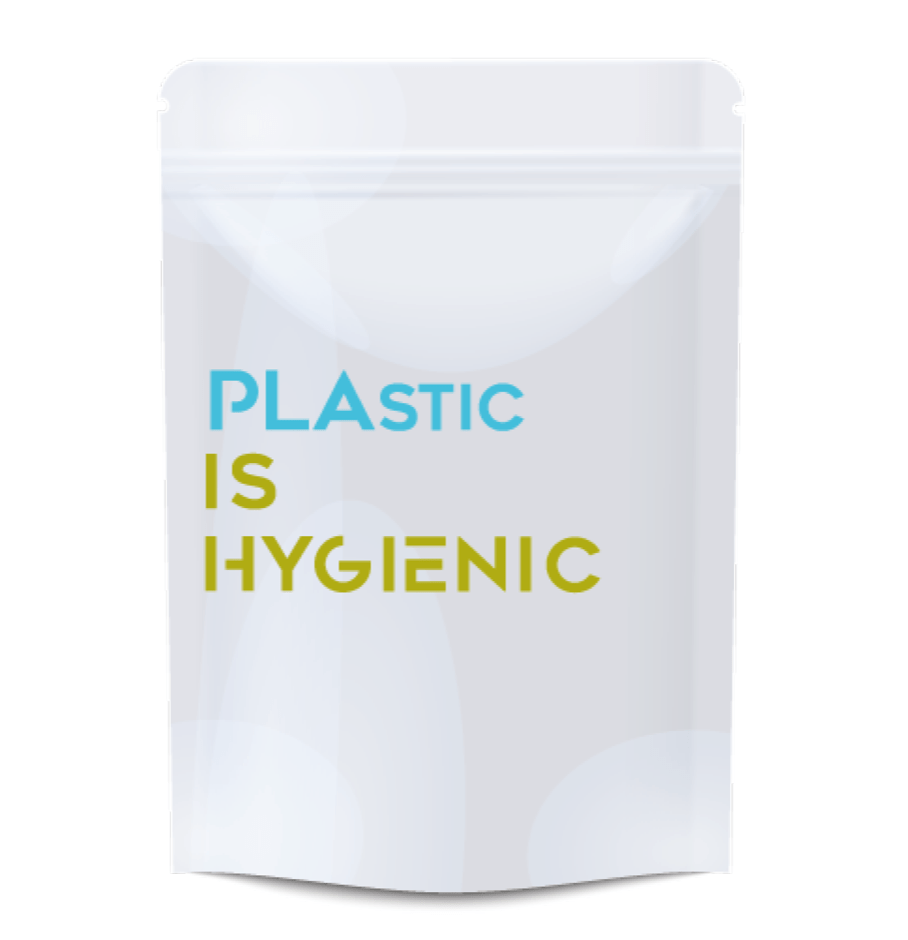
What do you use it for and why?
Plastic is widely used in industry. Plastic packaging is essential to meet hygiene standards. It provides a protective barrier against contamination, preventing large quantities of foodstuffs from ending up as waste. By preventing the proliferation of bacteria, packaging prolongs the shelf-life of food.
Wrapping bananas in perforated plastic film multiplies their shelf life by :
As a cheap and lightweight product, plastic packaging also simplifies the transportation of goods, consuming less energy and emitting fewer greenhouse gases compared to glass or aluminum packaging !
* Source: McEwen Associates/ Flexible Packaging Association’s (FPA)
“ The Value Of Flexible Packaging in Extending Shelf Life and Reducing Food Waste ”
Of the 353 million tonnes of plastic waste produced annually*, around:
* Source: OECD 2022
What happens to it afterwards?
Every year, 353 million tonnes of plastic waste are generated worldwide. Of this total, 9% is recycled, 19% is incinerated, 50% is disposed of in controlled landfill sites, and 22% remains unmanaged and uncontrolled*.
2/3*
Although recycling is becoming more widespread, the figures are still low. Every year, more than 8 million tonnes of plastics end up in the ocean. Finding new more environmentally-friendly ways of disposing of plastic has become a major societal challenge.
While the practice of recycling is becoming more widespread, recycling rates, particularly in France, still remain low. Furthermore, the increasing number of regulations worldwide is forcing us to reconsider our approach to managing plastic waste at the end of its lifecycle. This challenge is becoming increasingly important for society as a whole, as we strive to reduce the environmental impact of plastic production.
* Source: OECD 2022
The seven types of plastic
The first step in the fight against plastic pollution is to stop producing plastics that cannot be disposed of sustainably. Here are the 7 main types of plastic* to help you identify them:
* Source: Plastics – The Facts 2022, PlasticsEurope
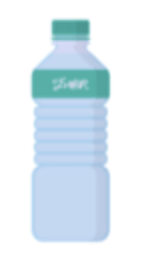 6.2%
6.2%
Polyethylene terephtalate
Uses: to make bottles (water, soda, oil, etc.), polyester fibres, films and food packaging
It is a clear, strong and lightweight plastic.
Recyclability: good if not soiled
 12.5%
12.5%
High-density polyethylene
Uses: bottles of water, fizzy drinks, fruit juice or vegetable oil, peanut butter jars, egg containers, disposable packaging, food trays
It is a rigid, resistant plastic.
Recyclability: good if not soiled
 12.9%
12.9%
Polyvinyl chloride
Uses: plastic food wrap, vegetable oil bottles, peanut butter jars, lunch bags
It is a rigid, flexible plastic.
Recyclability: low due to the presence of numerous additives
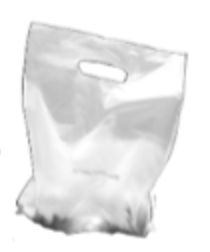 14.4%
14.4%
Low-density polyethylene
Uses: plastic bags, plastic food film, inner film of Tetra Pak-type containers, freezer bags, etc.
It is a light, inexpensive plastic, but fragile.
Recyclability: low because they are difficult to identify in sorting processes
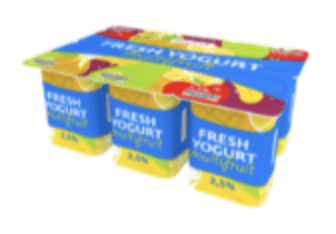 19.3%
19.3%
Polypropylene
Uses: feeding bottles, yoghurt and margarine tubs, transparent containers for ready meals, reusable food containers suitable for microwaves
It’s a strong, resistant plastic.
Recyclability: good
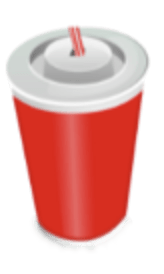 5.3%
5.3%
Polystyrene
Uses: disposable plastic tableware, coffee cups and lids, certain food containers (e.g. egg cartons)
It’s a lightweight plastic that’s fragile and easily crumbles.
Recyclability: extremely low
 29.5% of which 9.8% are circular (recycled or bio-sourced)
29.5% of which 9.8% are circular (recycled or bio-sourced)
Other plastics (PC, PTFE, PLA…)
Uses: very varied
Recyclability: generally very low due to the high presence of additives
The main waste sorting logos

The Möbius strip symbolises infinity. It has been the universal symbol of recycling since 1970. If the logo has no number, it means that your packaging is recyclable. If a percentage is indicated inside the symbol, it means that the packaging is made with a certain percentage of recycled material and that it is recyclable.

The green dot simply means that the company that has placed the logo on its product has made a contribution to CITEO, the organization in charge of running waste sorting and recycling operations in France. It does not mean that the packaging is recyclable. This logo can be rather confusing. It is no longer compulsory and is due to be phased out.

The Triman, introduced by ADEME, the French agency in charge of ecological transition, is a visual mark to indicate to the consumer that the product (including packaging) should be sorted for recycling. It will be phased in from 2021 to replace the green dot. The Triman should not be confused with the "Tidyman" which simply indicates that the waste should not become litter.

Sorting instructions: these logos often exist side by side with the green dot or the Triman. They provide precise information about sorting facilities. This logo tells you at a glance wheter your plastic tray is recyclable or will end its life in a landfill or incinerator.

Tidy Man: this pictogram is present on your packaging to encourage you to throw it in a rubbish bin and not litter the environment. It is not a proper label, it has purely symbolic value.
What about compostable plastics?
Regarding compostable plastic sorting, there is a wide variety of logos which are not always that clear. Warning: plastic that can be home composted can be composted in industrial facilities, but the opposite is not true.

The claim "compostable" on a packaging means that it can be completely broken down by micro-organisms. However, this process must take place in an industrial environment. Packaging can only claim to be compostable if it meets specific standards (EN 13432) and certifications.

This logo, which originated in Austria, guarantees that the product can be composted in an industrial facility. It is mainly found on single-use plastic bags.

This logo, introduced by DIN CERTCO (a German organisation), certifies that the packaging on which it is affixed is compostable in an industrial environment.

The Biodegradable Products Institute (BPI) is the leading certification body for compostable products and packaging in North America. The BPI certification programme guarantees that products bearing the BPI logo have been independently tested and verified, and are therefore compostable under industrial conditions.

This logo, which originated in Austria, is most often found on fruit and vegetable bags or cardboard packaging: it guarantees that a package or product is compostable in domestic conditions, where temperatures are lower than in industrial composting facilities. It should therefore not be confused with its less common "OK Industrial Compost" twin.

This logo, introduced by DIN CERTCO (a German organisation), certifies that the packaging on which it is affixed is compostable in a domestic environment.

To be certified as compostable by the Australasian Bioplastics Association (ABA), suitable biopolymer materials are subjected to a rigorous testing regime by independent laboratories accredited to the world's leading standards. Following successful testing, this logo can be used on biobased packaging that is compostable in the home.

This label, which originated in Austria, indicates that the products contain no harmful substances and are 90% biodegradable in the soil within 2 years.